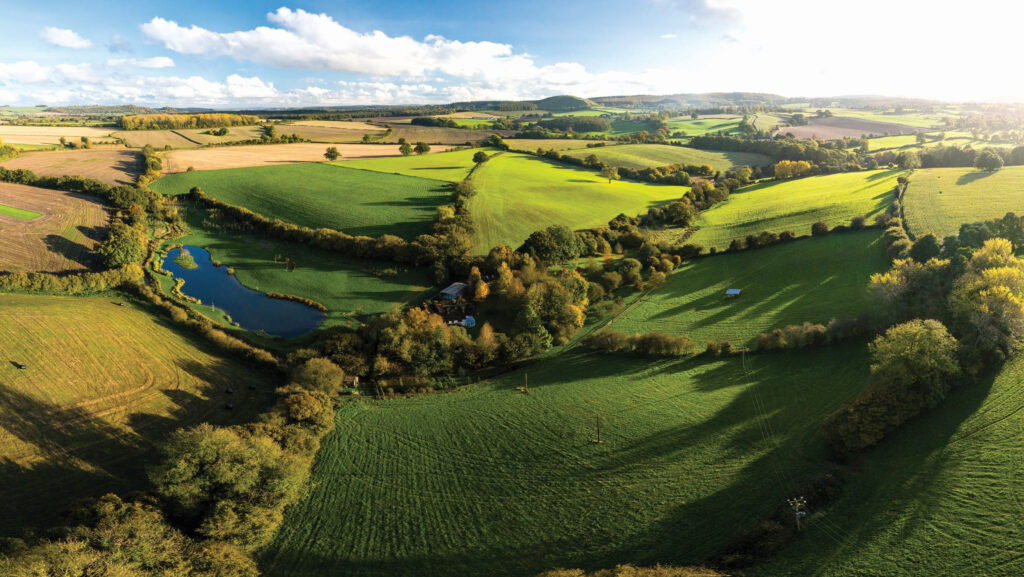Tax and legal considerations for farm diversifications
 © Adobe Stock
© Adobe Stock The tax and legal considerations for alternative enterprises depend very much on the type of enterprise and how it sits within or separately from the farming business.
One of the key aspects is the nature of the business and whether it is mainly trading, such as an attraction or retail diversification, or whether it is an investment business mainly earning rental income.
Put simply, the greater the trading element, the more likely the business assets are to qualify for relief from inheritance tax (IHT).
See also: Why tax decisions are vital when planning new farm enterprises
With the ability to claim agricultural property relief (APR) and business property relief (BPR) from IHT severely restricted from April 2026, it is even more important to ensure that business structures make the most of the opportunities for relief, says Alex Caton, a senior associate with Gloucestershire law firm Loxley.
While it is generally best to have land included as a partnership asset for IHT purposes, where investment enterprises such as holiday, residential and industrial lets are partnership assets and the balance looks like being tipped towards investment, it may be sensible to consider taking some of these out of the partnership and so off its balance sheet, he suggests.
Timing is important
However, in all scenarios where assets may change hands, it must be remembered that there is a two-year qualifying period of ownership before APR or BPR can be claimed.
In any case, it’s always important to establish clearly what is a partnership asset and what is owned personally, in order to avoid unexpected tax consequences and misunderstandings about who owns what, advises Alex.
In the same vein, wills and partnership agreements should always be aligned so that their terms do not contradict one another.
This is a common issue, often discovered after a death when land or other property has been left in a will but turns out to be partnership property, rather than owned personally, and so not capable of being gifted in this way.
Company structure
Where the diversification involves dealing with large numbers of the public on the farm and there is the potential for accidents or other liability issues – for example, a wedding venue or children’s activity centre – it could be sensible to structure that as a separate limited liability company, suggests Alex.
Trading as a company has some limitations but can be useful, not only for the limited liability aspect and lower corporation tax than the rates of personal income tax, but also because it offers the flexibility of being able to award different classes of shareholding, which can be altered as the family and business circumstances develop.
However, once a company structure has been set up, it can be complicated to unwind so needs careful thought and advice, says Alex.
“Many farming companies were set up in the 1970s at a time of high personal tax rates, and in some cases the families are now somewhat saddled with this structure.”
Family constitution
Diversification can be a good way to bring other members of the family into the business, especially the next generation.
In these and many other family business circumstances, it can be helpful to draw up a family constitution so that everyone agrees how things will go forward, says Alex.
“This isn’t a legally binding document but those involved would sign up to it and would have a chance to review it and have their opinions heard. It just reduces the risk of challenges in future.”
Such a document would cover what the plans are for the business over, say, the next generation, who the assets are held for, and could include whether a sale is ultimately envisaged and, if so, what the procedure would be.
